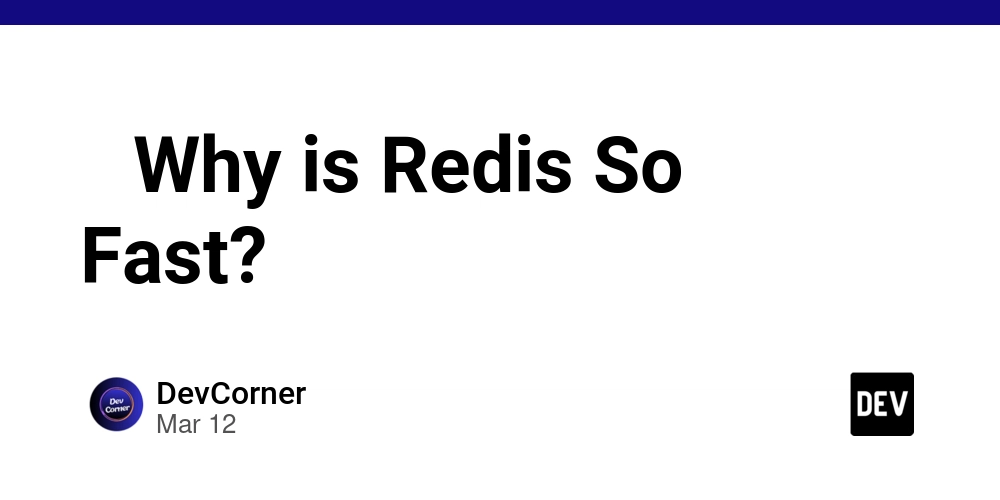Unveiling the Business Source License: A Holistic Review and Future Outlook
Abstract: This post offers an in‐depth exploration of the Business Source License (BSL), discussing its key features and evolution while comparing it with other commonly used licenses. We analyze its history, core concepts, real-world applications, and challenges. In addition, we examine dual licensing, fair compensation for developers, blockchain integration, and its future outlook. With structured tables, bullet lists, and detailed technical insights, this post serves as a comprehensive resource for developers, enterprise stakeholders, and licensing researchers. For a more detailed look at the original content, please check the Original Article. Introduction In the dynamic world of open source, balancing innovation with fair commercial practices is a constant challenge. Business Source License (BSL) has emerged as an innovative model designed to bridge the gap between unrestricted community access and the need for developers to monetize their work. This blog post delves into the intricacies of the BSL, comparing it with other popular licenses such as MIT, Apache 2.0, and GNU GPL. Leveraging insights from legal experts and developers alike, we will present the BSL’s evolution, its role in protecting contributions, and the eventual conversion to fully open licenses. Our content is structured to help you understand the key features, real-world applications, challenges, and potential future advancements of this licensing model—all explained in accessible language for technical experts and enthusiasts. Background and Context The need for sustainable open source funding has long been discussed among developers. Traditional licenses have often failed to ensure fair compensation for the significant efforts invested in community-driven projects. The BSL was designed in response to concerns that companies could exploit open source projects without providing adequate financial rewards for the developers behind them. Key historical and contextual highlights: Response to Exploitation Risks: As commercial entities began leveraging community-driven software, developers sought a licensing mechanism that ensured fair revenue streams. Temporal Exclusivity: The BSL’s unique feature is a proprietary phase, during which the software is protected for a set period before converting to a fully open source license. This provides companies the incentive to invest in development while ensuring long-term community benefits. Influence of Fair Code Principles: The philosophy behind the BSL is similar to other fair code practices that prioritize both transparency and sustainability. For more details on these principles, see Fair Source Software. The BSL sits at the nexus of traditional open source licensing and emerging dual licensing models. Its creation was influenced by the increasing complexity of software ecosystems and the need to balance intellectual property rights with community contributions. Core Concepts and Features The Business Source License presents several innovative features that set it apart: Temporary Proprietary Window: The BSL restricts commercial usage for a predetermined period, allowing developers to benefit financially while protecting their work from immediate free exploitation. Built-In Conversion Mechanism: After the set period, the license transitions automatically to a fully open source model. This evolution ensures that, in the long term, the community enjoys unrestricted access. Fair Compensation and Dual Licensing Support: By allowing commercial stakeholders to license the software under stricter terms in the early phase, developers can secure sustainable revenue streams. Dual licensing models are often leveraged to meet both market demands and community ideals. Legal Robustness and Transparency: With clearly defined terms and timelines, the BSL offers a legal framework that helps prevent ambiguous interpretation while ensuring open collaboration long after the proprietary period ends. Below is a table summarizing the key features and comparison points between the BSL and other open source licenses: License Compensation Mechanism Transparency Flexibility Developer Sustainability Business Source License (BSL) Time-based commercial restriction ensuring fair revenue High – clear conversion timeline Moderately flexible; supports dual licensing Designed to protect developers MIT License Voluntary donation and community goodwill Very high – simple and clear Extremely flexible Limited – relies on external support Apache 2.0 No direct compensation; relies on service contracts High – well-defined patent terms Highly flexible Moderately sustainable via legal safeguards GNU GPL Indirect compensation through community contributions Transparent but complex due to copyleft Less flexible; strict viral licensing High sustainability but restricts dual licensing Table 1: Comparison of BSL with Other Leading Licenses Applications
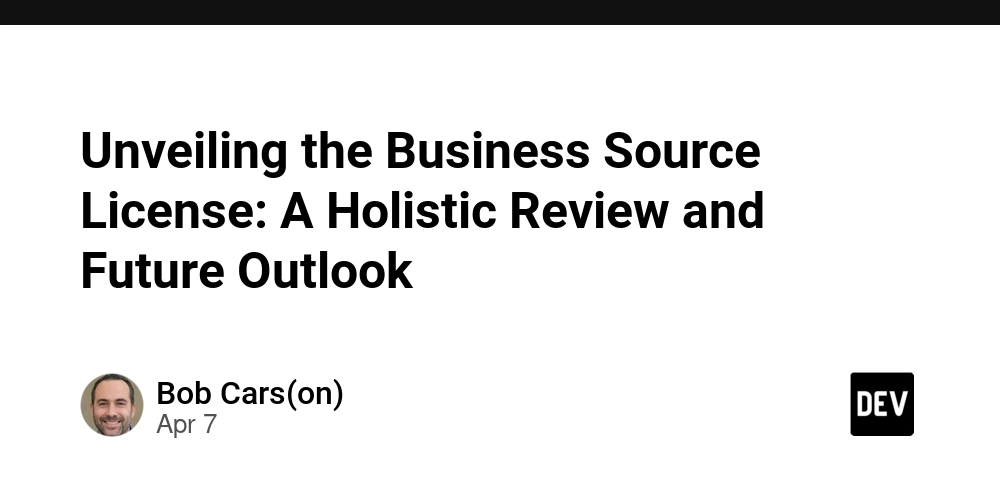
Abstract:
This post offers an in‐depth exploration of the Business Source License (BSL), discussing its key features and evolution while comparing it with other commonly used licenses. We analyze its history, core concepts, real-world applications, and challenges. In addition, we examine dual licensing, fair compensation for developers, blockchain integration, and its future outlook. With structured tables, bullet lists, and detailed technical insights, this post serves as a comprehensive resource for developers, enterprise stakeholders, and licensing researchers. For a more detailed look at the original content, please check the Original Article.
Introduction
In the dynamic world of open source, balancing innovation with fair commercial practices is a constant challenge. Business Source License (BSL) has emerged as an innovative model designed to bridge the gap between unrestricted community access and the need for developers to monetize their work. This blog post delves into the intricacies of the BSL, comparing it with other popular licenses such as MIT, Apache 2.0, and GNU GPL.
Leveraging insights from legal experts and developers alike, we will present the BSL’s evolution, its role in protecting contributions, and the eventual conversion to fully open licenses. Our content is structured to help you understand the key features, real-world applications, challenges, and potential future advancements of this licensing model—all explained in accessible language for technical experts and enthusiasts.
Background and Context
The need for sustainable open source funding has long been discussed among developers. Traditional licenses have often failed to ensure fair compensation for the significant efforts invested in community-driven projects. The BSL was designed in response to concerns that companies could exploit open source projects without providing adequate financial rewards for the developers behind them.
Key historical and contextual highlights:
- Response to Exploitation Risks: As commercial entities began leveraging community-driven software, developers sought a licensing mechanism that ensured fair revenue streams.
- Temporal Exclusivity: The BSL’s unique feature is a proprietary phase, during which the software is protected for a set period before converting to a fully open source license. This provides companies the incentive to invest in development while ensuring long-term community benefits.
- Influence of Fair Code Principles: The philosophy behind the BSL is similar to other fair code practices that prioritize both transparency and sustainability. For more details on these principles, see Fair Source Software.
The BSL sits at the nexus of traditional open source licensing and emerging dual licensing models. Its creation was influenced by the increasing complexity of software ecosystems and the need to balance intellectual property rights with community contributions.
Core Concepts and Features
The Business Source License presents several innovative features that set it apart:
- Temporary Proprietary Window: The BSL restricts commercial usage for a predetermined period, allowing developers to benefit financially while protecting their work from immediate free exploitation.
- Built-In Conversion Mechanism: After the set period, the license transitions automatically to a fully open source model. This evolution ensures that, in the long term, the community enjoys unrestricted access.
- Fair Compensation and Dual Licensing Support: By allowing commercial stakeholders to license the software under stricter terms in the early phase, developers can secure sustainable revenue streams. Dual licensing models are often leveraged to meet both market demands and community ideals.
- Legal Robustness and Transparency: With clearly defined terms and timelines, the BSL offers a legal framework that helps prevent ambiguous interpretation while ensuring open collaboration long after the proprietary period ends.
Below is a table summarizing the key features and comparison points between the BSL and other open source licenses:
| License | Compensation Mechanism | Transparency | Flexibility | Developer Sustainability |
|---|---|---|---|---|
| Business Source License (BSL) | Time-based commercial restriction ensuring fair revenue | High – clear conversion timeline | Moderately flexible; supports dual licensing | Designed to protect developers |
| MIT License | Voluntary donation and community goodwill | Very high – simple and clear | Extremely flexible | Limited – relies on external support |
| Apache 2.0 | No direct compensation; relies on service contracts | High – well-defined patent terms | Highly flexible | Moderately sustainable via legal safeguards |
| GNU GPL | Indirect compensation through community contributions | Transparent but complex due to copyleft | Less flexible; strict viral licensing | High sustainability but restricts dual licensing |
Table 1: Comparison of BSL with Other Leading Licenses
Applications and Use Cases
The business source licensing model has found applications across multiple industries. Here are a few practical examples:
- Enterprise Infrastructure Tools: Companies that develop cloud computing platforms or data analytics engines can leverage the BSL for initial commercial protection. This ensures that early-stage investments are recouped before the software becomes freely available to the public.
- Web Development and DevOps: Projects in fast-paced ecosystems need a blend of rapid innovation and secure monetization. The BSL’s temporal exclusivity allows developers to experiment with innovative ideas while protecting their work against premature commercialization by rivals.
- Blockchain and Fair Code Initiatives: In blockchain-based projects, where compensation can be automated via blockchain tokens, the BSL provides a mechanism to integrate fair revenue distribution. For more insights on blockchain integration in licensing, explore Apache 2.0 details.
Challenges and Limitations
While the BSL brings several advantages, it faces certain challenges that must be carefully managed:
- Legal Ambiguities During the Proprietary Phase: Even with detailed terms, the temporary exclusivity period may lead to complexities, especially when merging with strictly copyleft licenses like GNU GPL.
- Potential Delays in Community Contributions: Some developers and community members criticize the BSL for delaying open collaboration during the proprietary window. This can lead to a temporary reduction in community-driven innovation.
- Dual Licensing Complexities: While dual licensing offers the benefit of simultaneous commercial and open source distribution, it introduces legal and administrative challenges. Organizations must navigate these complexities to ensure that both revenue and community contributions are maintained.
A bullet list of challenges includes:
- Legal enforcement and clarity in transition phases
- Balancing commercial interests with community needs
- Ensuring compatibility with other open source licenses
- Avoiding potential alienation of volunteer contributors
It is important for stakeholders to assess these challenges carefully. Many discussions on platforms like Stack Overflow and Hacker News demonstrate that while the BSL model is promising, its practical enforcement is a subject of ongoing debate.
Future Outlook and Innovations
The future of the BSL and related licensing models looks promising, particularly in the context of emerging technologies:
- Integration with Blockchain Technology: New initiatives are exploring deeper blockchain integration to enforce compensation rules in an automated and transparent manner. For instance, projects such as OCTL are blending blockchain verification with licensing models.
- Improved Dual Licensing Strategies: As legal frameworks become more robust and technology advances, dual licensing models will likely evolve to simplify the balance between commercial protection and community openness.
- Enhanced Contributor Protection: Future innovations may include more refined Contributor License Agreements (CLAs) that protect developers from exploitation while ensuring that revenue is fairly distributed.
- Scalability Enhancements: In rapidly expanding open source ecosystems, scalability issues—both legal and technical—will be addressed through periodic updates and community feedback. Solutions may involve integrating smart contracts to automate the conversion process and transparency checks.
Recent discussions on Dev.to also reveal that industry experts are keeping a close eye on how multi-chain interoperability can further support innovative licensing models.
Key Takeaways
Below is a summary of the major points covered in this post:
- The Business Source License (BSL) is a unique licensing model that introduces a temporary proprietary phase to protect early commercial interests while promising eventual open source conversion.
- Its core features include fair compensation, legal robustness, and dual licensing support, which allow projects to balance commercial returns with community contributions.
- Applications of the BSL span enterprise software, web development, blockchain projects, and more. Its unique approach is particularly well-suited for projects that need both revenue sustainability and community-driven growth.
- There are challenges and limitations, such as legal ambiguities, potential delays in contributions, and dual licensing complexities that need continuous monitoring and adaptation.
- Looking ahead, innovations in blockchain integration, smart contracts, and enhanced contributor protection may refine the BSL model further, making it a mainstay in the evolving open source landscape.
Summary
The Business Source License represents a shift toward balancing commercial viability with community freedoms. Its inherent mechanism for a time-based transition from proprietary to open licensing strikes a nuanced balance—protecting developer investments in the early stages while eventually rewarding the larger community. Although the model faces challenges, particularly in the legal domain and in maintaining active community engagement during the proprietary window, it paves the way for more sustainable open source practices.
In summary:
- The BSL is designed to secure fair compensation and protect intellectual property in commercial environments.
- With its temporary exclusivity period, it enables dual licensing that appeals both to enterprise investors and the broader developer community.
- Future developments, including blockchain automation and smart contract integrations, are likely to mitigate current limitations.
- As software development evolves, models like the BSL will continue to be essential in ensuring that developers receive due recognition and revenue.
For further reading on sustainable open source practices, you can visit Open Source Licensing Strategies at OSI or check deeper insights on licensing models at License Token. Additionally, for an exploration of scaling challenges and multi-chain innovation, see Arbitrum for Open Source Solutions.
Conclusion
The Business Source License is more than just a legal framework—it is a dynamic response to modern software development challenges. By carefully balancing temporary commercial protection with the promise of complete openness, the BSL embodies a forward-thinking approach that encourages innovation, secures funding, and ultimately contributes to a richer, more sustainable open source ecosystem.
Whether you are an enterprise stakeholder looking to safeguard your investments or a developer keen on fair revenue for your creations, the BSL offers a valuable model. Continuous community feedback, combined with potential blockchain and smart contract advancements, will further refine this licensing approach, ensuring that it adapts to evolving technological landscapes.
As the ecosystem evolves, embracing flexible yet robust licensing is key to building a resilient, innovative future in open source software.
Related Resources:
- Original Article: Unveiling Business Source License – A Comprehensive Summary
- Apache 2.0 License Overview
- MIT License FAQ
- Fair Source Software Practices
- OCTL and Blockchain Integration
By understanding the nuances of the BSL and its place within the open source ecosystem, stakeholders can make informed decisions that drive innovation and promote sustainable software development for years to come.




























![[Webinar] AI Is Already Inside Your SaaS Stack — Learn How to Prevent the Next Silent Breach](https://blogger.googleusercontent.com/img/b/R29vZ2xl/AVvXsEiOWn65wd33dg2uO99NrtKbpYLfcepwOLidQDMls0HXKlA91k6HURluRA4WXgJRAZldEe1VReMQZyyYt1PgnoAn5JPpILsWlXIzmrBSs_TBoyPwO7hZrWouBg2-O3mdeoeSGY-l9_bsZB7vbpKjTSvG93zNytjxgTaMPqo9iq9Z5pGa05CJOs9uXpwHFT4/s1600/ai-cyber.jpg?#)














































































































































![[The AI Show Episode 144]: ChatGPT’s New Memory, Shopify CEO’s Leaked “AI First” Memo, Google Cloud Next Releases, o3 and o4-mini Coming Soon & Llama 4’s Rocky Launch](https://www.marketingaiinstitute.com/hubfs/ep%20144%20cover.png)















































































































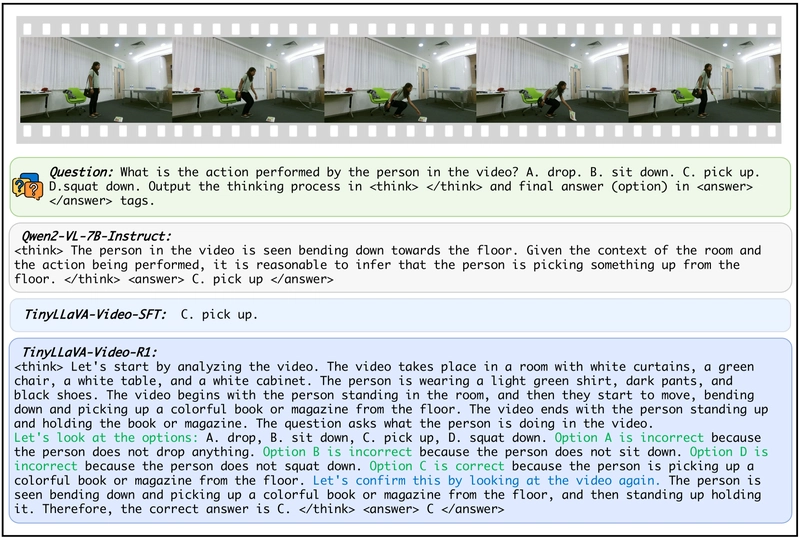
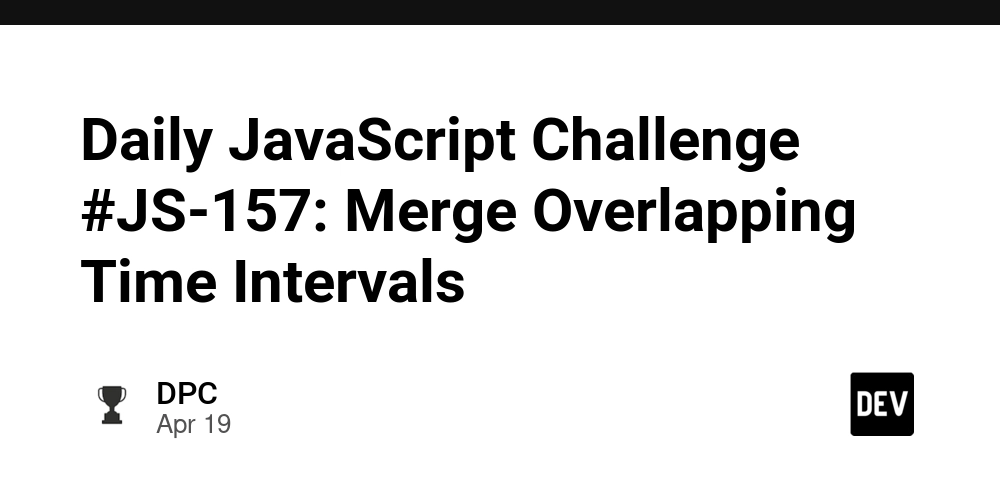
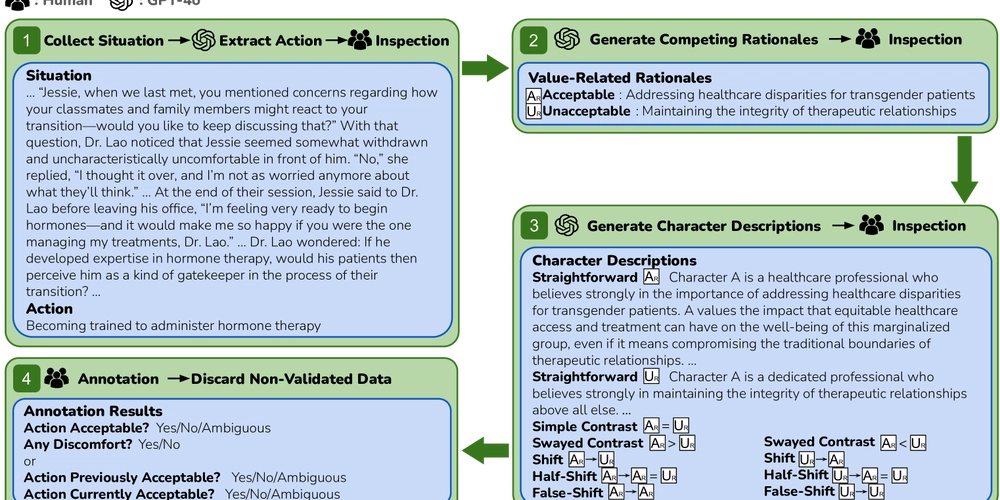
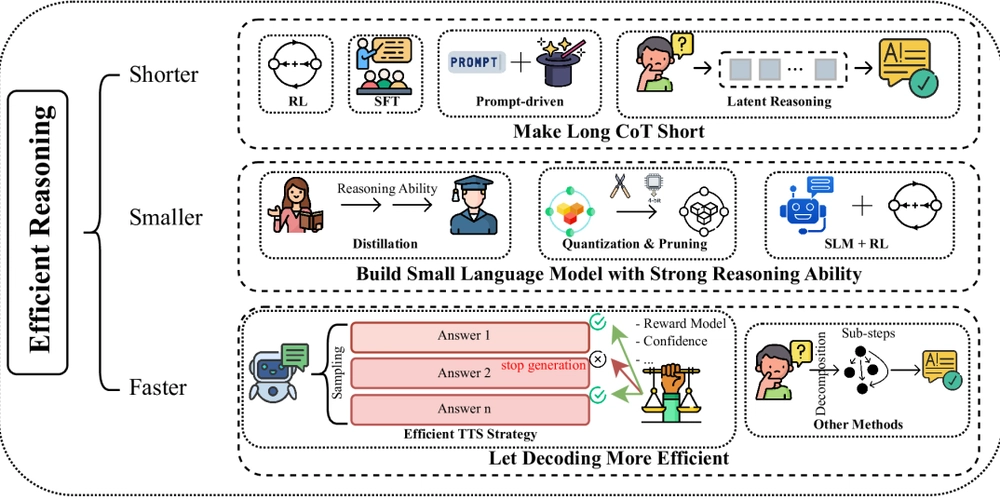

















































































![Rogue Company Elite tier list of best characters [April 2025]](https://media.pocketgamer.com/artwork/na-33136-1657102075/rogue-company-ios-android-tier-cover.jpg?#)







































































_Andreas_Prott_Alamy.jpg?width=1280&auto=webp&quality=80&disable=upscale#)




























































































![What’s new in Android’s April 2025 Google System Updates [U: 4/18]](https://i0.wp.com/9to5google.com/wp-content/uploads/sites/4/2025/01/google-play-services-3.jpg?resize=1200%2C628&quality=82&strip=all&ssl=1)









![Apple Watch Series 10 Back On Sale for $299! [Lowest Price Ever]](https://www.iclarified.com/images/news/96657/96657/96657-640.jpg)
![EU Postpones Apple App Store Fines Amid Tariff Negotiations [Report]](https://www.iclarified.com/images/news/97068/97068/97068-640.jpg)
![Apple Slips to Fifth in China's Smartphone Market with 9% Decline [Report]](https://www.iclarified.com/images/news/97065/97065/97065-640.jpg)



































































































































